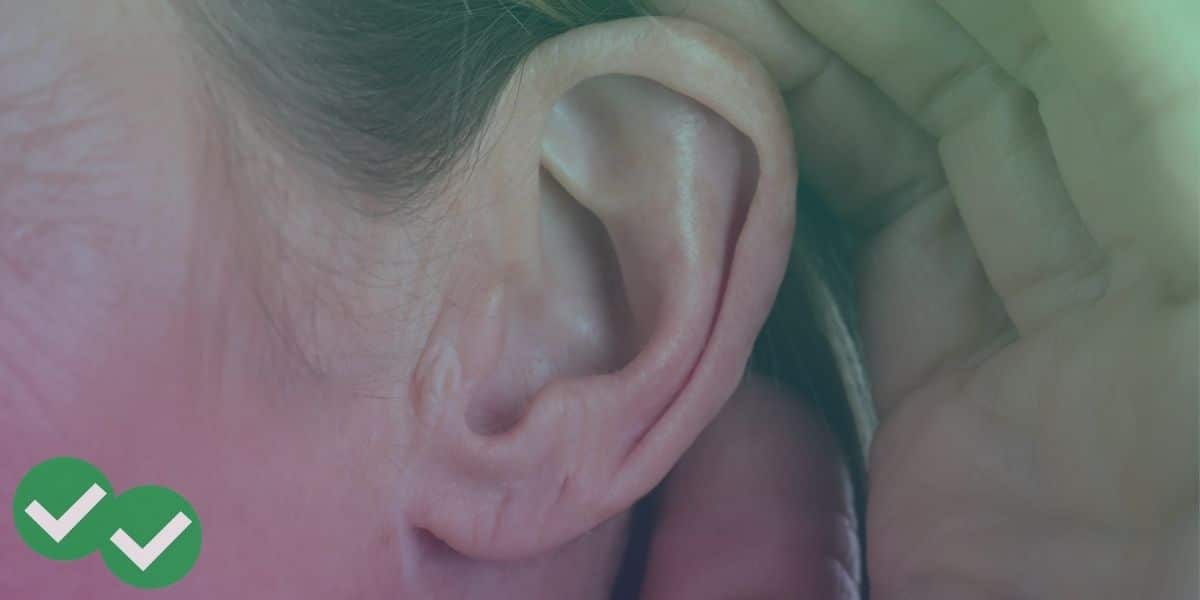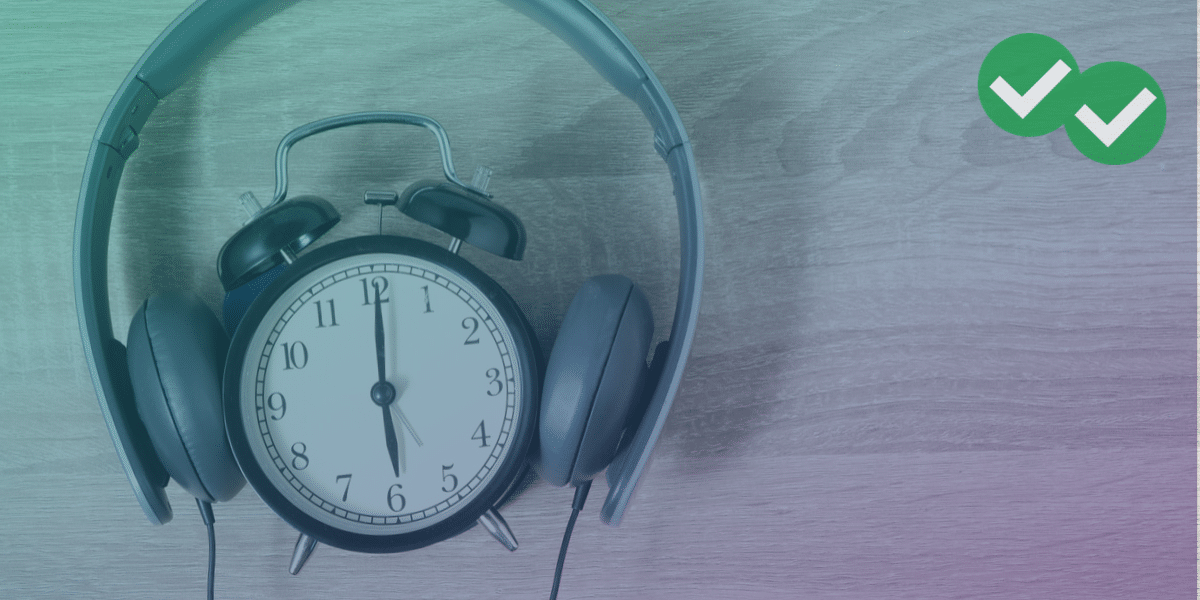Taking good notes is one of the most difficult parts of the TOEFL, and one of the most important! Students who have trouble with notes will have trouble on not only the Listening section, but also on the Speaking and Writing sections.
So the three tips below are big. If you’re not already doing them, they can really affect your TOEFL score.
Tip 1: Only the Main Ideas, Examples, and Reasons
You don’t need to write everything you hear. You want to be more focused on listening, not writing. That means you should only write the main ideas and key details. The most common types of key details are examples and reasons.
So if a professor is talking about the different types of clouds, you will want to note the names of each types of clouds, and the definitions. When the professor describes the clouds, and gives examples of what they look like, you will want that information. But when the professor says the number of miles over the ground that a type of cloud usually appears at, that’s probably not key information. Numbers are specifics—they are not the types of big details you should note.
Tip 2: Listen Then Write
I don’t mean that you should listen to the whole lecture or conversation before you write your notes. Of course, you should take notes during the listening! But you should write the main ideas after you hear them. If you try to write what the professor or students says while they are talking, you won’t be able to decide what’s important. That means everything you note will be something that was said a moment in the past, not what you’re hearing at that exact moment.
Tip 3: Shorten Everything!
You are the only person who needs to understand your notes, and you only need to understand them for a couple minutes. That means they can be very hard to understand, and that’s okay! Shorten every word. Instead of writing “student,” write “stud.” or just “S.” Use symbols, too. Instead of writing the word “down,” draw a small downward arrow. Show relationships with lines and arrows, not with words. Draw small simple pictures if they’re faster! Everything should be as short and fast as possible—trust your memory to help you understand it after, and never correct a mistake by erasing or rewriting.
I hope you enjoyed the video. For additional help with TOEFL Listening in particular (since that section has the most note-taking), check out Magoosh’s complete guide to the TOEFL Listening section.
That way you can return your complete focus to listening as soon as possible, because you need to hear everything!






Leave a Reply